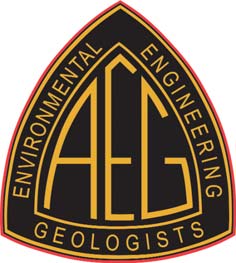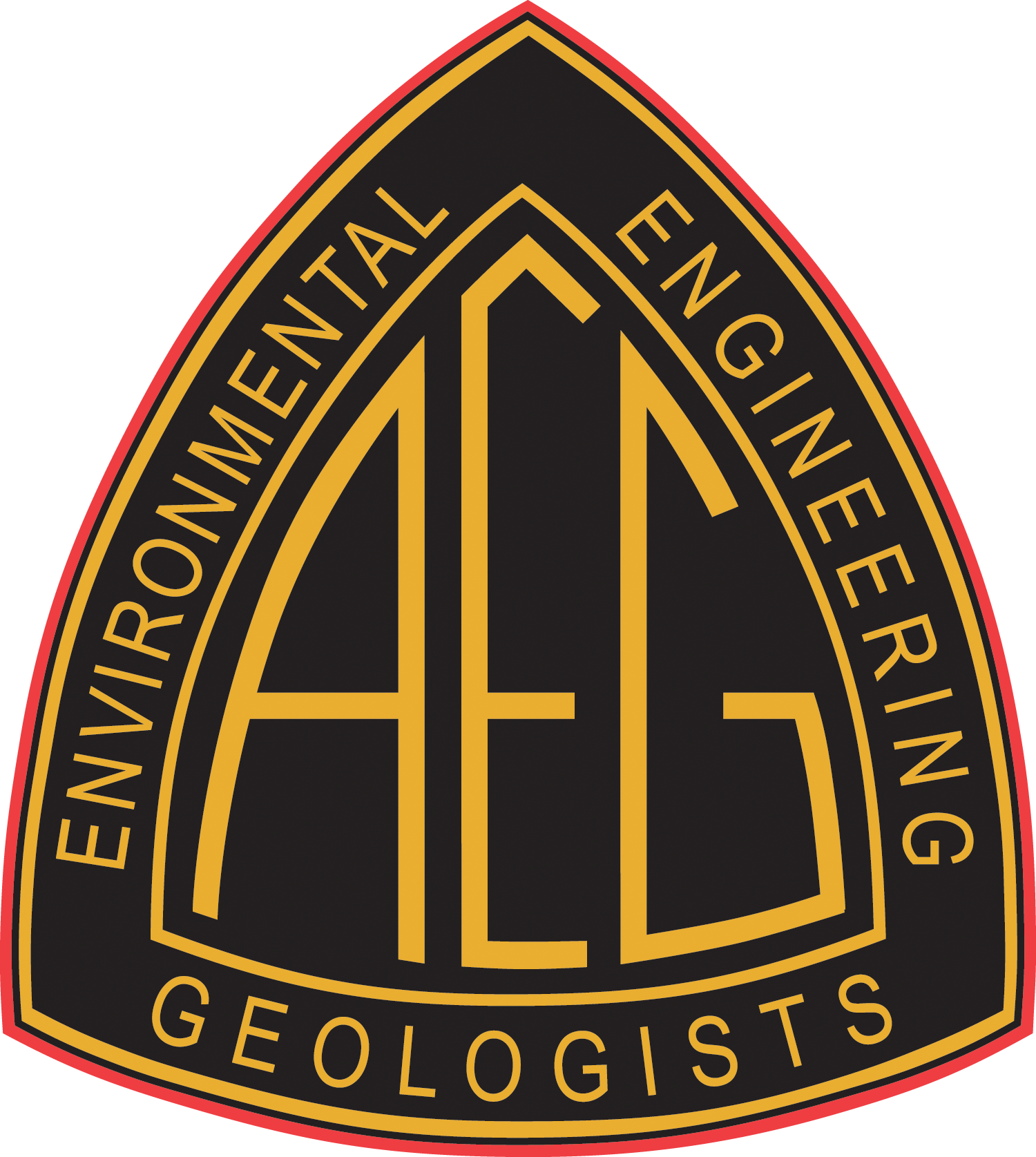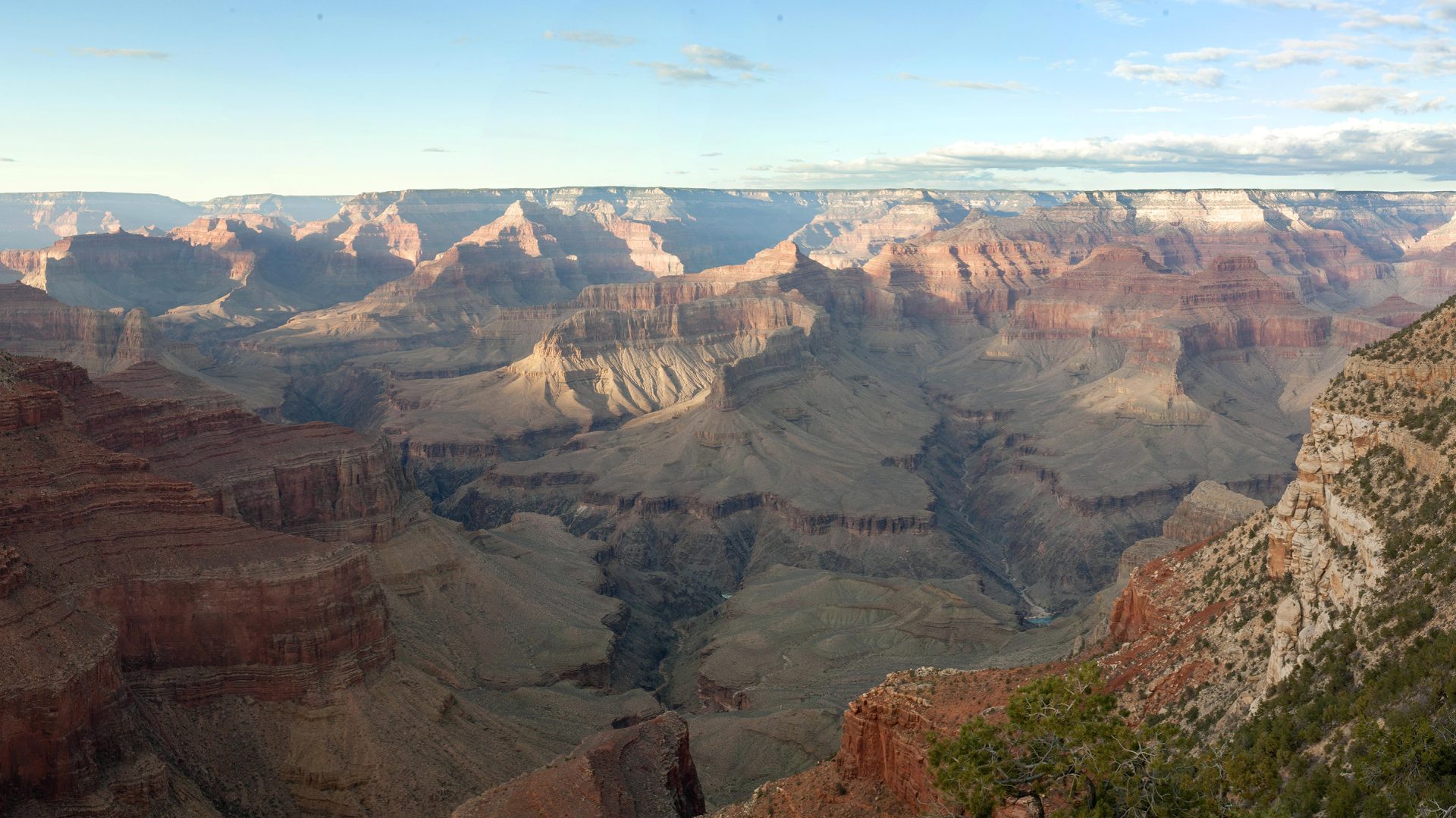January Dinner Meeting – 2018
 AEG January Dinner Meeting – 2018
AEG January Dinner Meeting – 2018
Date: January 18, 2018
Speaker: Jeffrey R. Keaton, Amec Foster Wheeler (Wood)
Topic: Suggested Enhancements to the Geologic Model Complexity Rating System
Abstract:
The suggested Geologic Model Complexity Rating System, introduced in 2014, was developed considering the 1993 Oregon rockfall hazard rating sys-tem with four rating levels. Five of the nine Geologic Model Complexity Rating System components pertained to geologic complexity; four regional components (genetic, structural/deformation, alteration/dissolution, and weathering/erosion) and one site-scale component. The other Geologic Model Complexity Rating System components were: terrain features, information quality, geologist competency, and level of effort. A pairwise comparison of components for a landslide hazard study, using a multi-factor decision analysis procedure called Analytic Hierarchy Process (AHP), weighted geologist competency highest (20%), fol-lowed by genetic complexity and deformation (each 18%) and site-scale co-plexity and level of effort (each ~11%). The other four components had weights from 8% to 3%. The 1-9 scoring for AHP, with 1 indicating that components are equal and 9 indicating one is extremely more important, appeared to be useful for objective comparisons. The AHP matrix configuration lists components in the same order in rows and columns. Regional complexity is now being considered as a single four-element component that depends not only on the basic geology of the site area, but also on the purpose of the geologic evaluation. Thus, the suggested enhancements streamline the Geologic Model Complexity Rating System, reducing it from nine components to six, but also complicates it by considering basic geology and purpose of evaluation as fundamentally important to the geologic model. These enhancements bring the suggested Geologic Model Complexity Rating System into alignment with the Oregon rockfall hazard rating system, which included facility components (i.e., what is at risk) for which the hazard was being rated.
Bio:
Jeffrey R. Keaton specializes in quantifying hazardous natural processes for siting and design of all types of facilities in all geologic environments. He has degrees in geological engineering, geotechnical engineering, and geology, and is registered in three states as an engineer and as a geologist. Keaton has been employed by consulting firms for over 45 years, and in Amec Foster Wheeler’s Los Angeles office of since July 2005 where he is a principal. He hold the Envision® Sustainability Professional (ENV SP) credential from the Institute for Sustainable Infrastructure and serves on the editorial boards of Engineering Sustainability, published in the U.K. by the Institution of Civil Engineers, Quarterly Journal of Engineering Geology and Hydrogeology, published by the Geological Society of London, Bulletin of the IAEG, and Environmental and Engineering Geoscience, published jointly by AEG and GSA. He is past president and honorary member of the Association of Environmental & Engineering Geologists, and Fellow of the Geological Society of America and of the American Society of Civil Engineers.
Contact Information:
Jeffrey R. Keaton, PhD, PE, PG, ENV SP, HM.AEG, F.ASCE, F.GSA
Principal Engineering Geologist
Amec Foster Wheeler (soon to be Wood plc)
Americas – Environment and Infrastructure Solutions
6001 Rickenbacker Road, Los Angeles, CA 90040
Phone: (323) 889-5316; Mobile: (323) 203-6958
Email: Jeff.Keaton@woodplc.com
Website: www.amecfw.com
RSVP deadline is past

